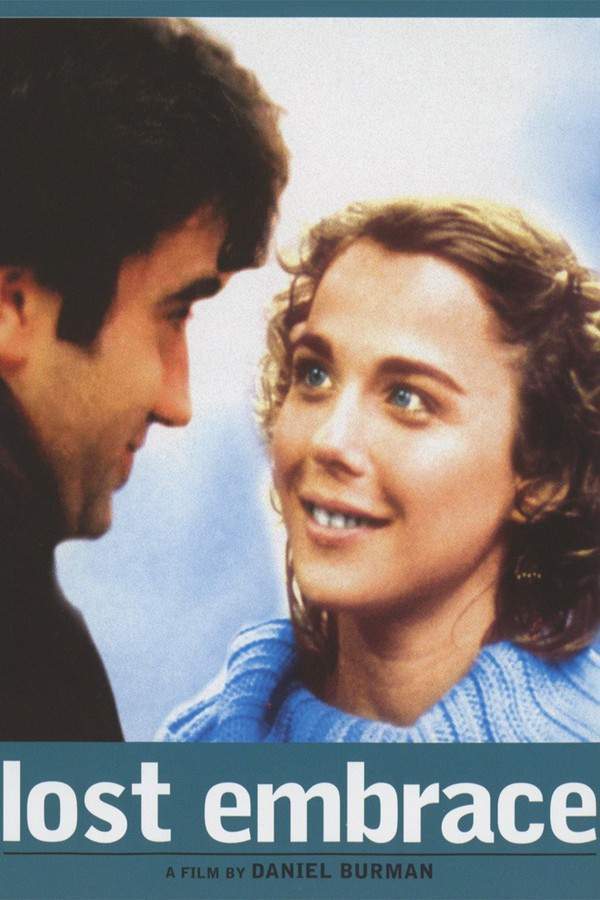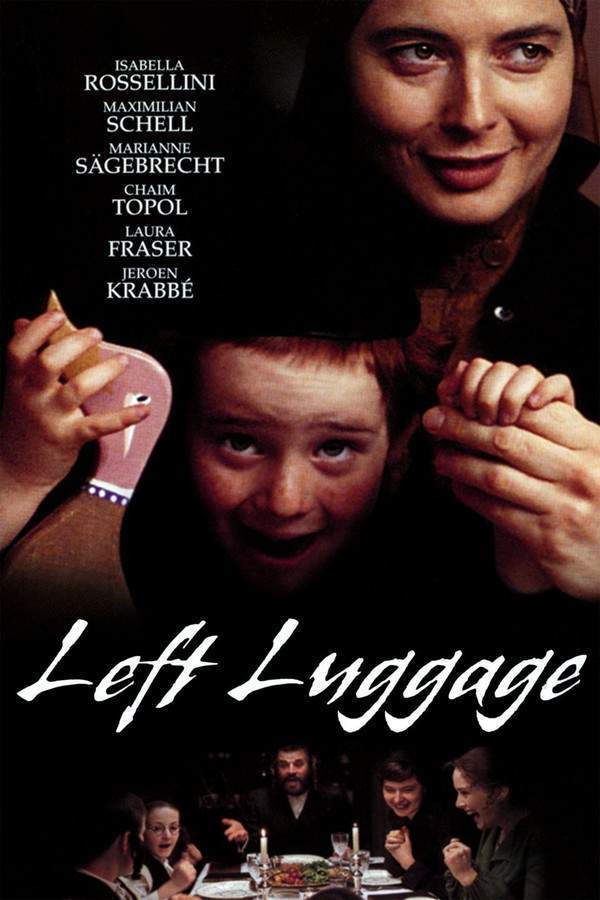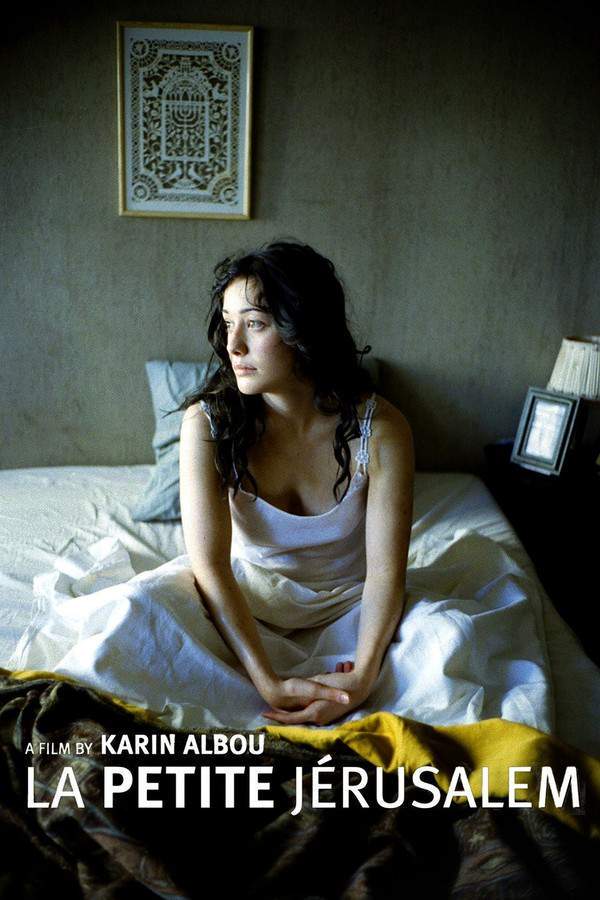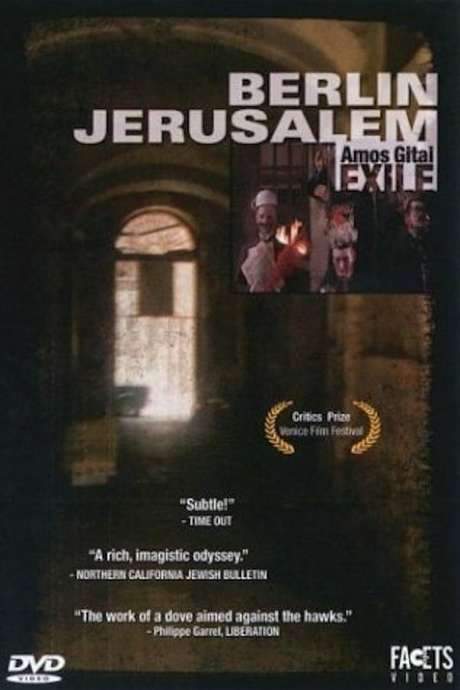
Left Luggage
Year: 1998
Runtime: 100 mins
Language: English
Escaping the Nazis in WWII, a Jewish man buries two suitcases of treasured items in Antwerp. After the war kills his family, he obsessively excavates the city, consulting old maps to recover what he lost. His daughter Chaya works as a nanny for a strict Hasidic family overwhelmed by children. She forms a bond with the mute four‑year‑old son Simcha.
Warning: spoilers below!
Haven’t seen Left Luggage yet? This summary contains major spoilers. Bookmark the page, watch the movie, and come back for the full breakdown. If you're ready, scroll on and relive the story!
Timeline – Left Luggage (1998)
Trace every key event in Left Luggage (1998) with our detailed, chronological timeline. Perfect for unpacking nonlinear stories, spotting hidden connections, and understanding how each scene builds toward the film’s climax. Whether you're revisiting or decoding for the first time, this timeline gives you the full picture.
Last Updated: October 09, 2025 at 11:13
Unlock the Full Story of Left Luggage
Don't stop at just watching — explore Left Luggage in full detail. From the complete plot summary and scene-by-scene timeline to character breakdowns, thematic analysis, and a deep dive into the ending — every page helps you truly understand what Left Luggage is all about. Plus, discover what's next after the movie.
Left Luggage Summary
Read a complete plot summary of Left Luggage, including all key story points, character arcs, and turning points. This in-depth recap is ideal for understanding the narrative structure or reviewing what happened in the movie.

Characters, Settings & Themes in Left Luggage
Discover the characters, locations, and core themes that shape Left Luggage. Get insights into symbolic elements, setting significance, and deeper narrative meaning — ideal for thematic analysis and movie breakdowns.

Similar Movies to Left Luggage
Discover movies like Left Luggage that share similar genres, themes, and storytelling elements. Whether you’re drawn to the atmosphere, character arcs, or plot structure, these curated recommendations will help you explore more films you’ll love.
Explore More About Movie Left Luggage
Left Luggage (1998) Plot Summary & Movie Recap
Left Luggage (1998) Scene-by-Scene Movie Timeline
Left Luggage (1998) Spoiler-Free Summary & Key Flow
Movies Like Left Luggage – Similar Titles You’ll Enjoy
A Secret (2008) Film Overview & Timeline
Lost Embrace (2005) Ending Explained & Film Insights
Left Luggage (2000) Ending Explained & Film Insights
Little Jerusalem (2006) Detailed Story Recap
Reise nach Jerusalem (2018) Full Movie Breakdown
To the Left of the Father (2001) Complete Plot Breakdown
Turn Left at the End of the World (2004) Full Summary & Key Details
La Petite Jérusalem (2005) Plot Summary & Ending Explained
The Inheritance (1980) Full Summary & Key Details
Freud Leaving Home (1991) Detailed Story Recap
Angry Harvest (1985) Plot Summary & Ending Explained
Berlin-Jerusalem (1989) Full Movie Breakdown
Personal Baggage (2009) Spoiler-Packed Plot Recap
The Left-Handed Woman (1977) Plot Summary & Ending Explained
Left Bank (2008) Story Summary & Characters

















